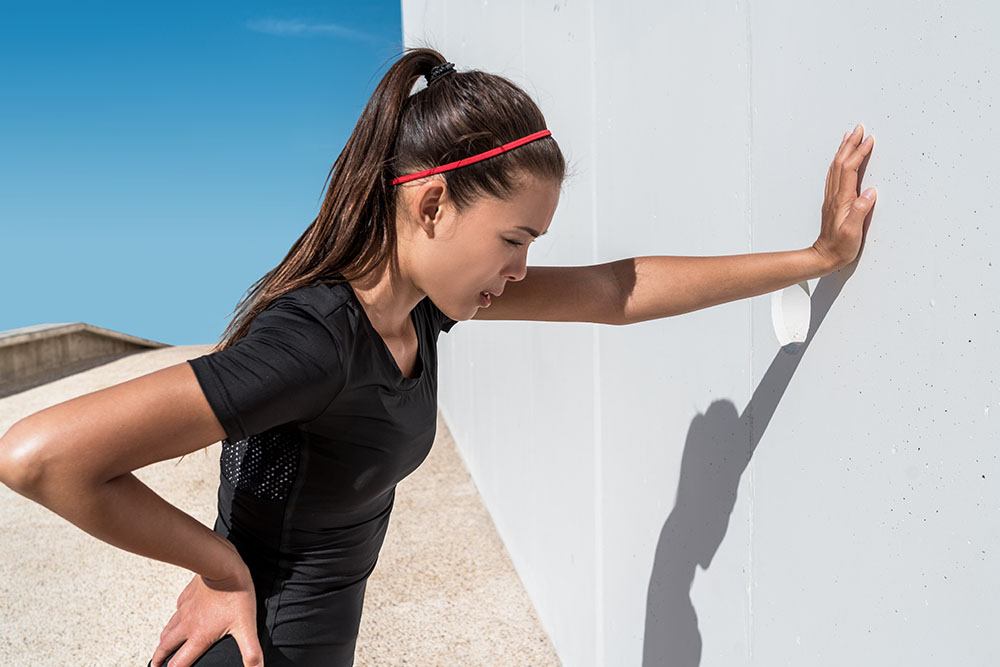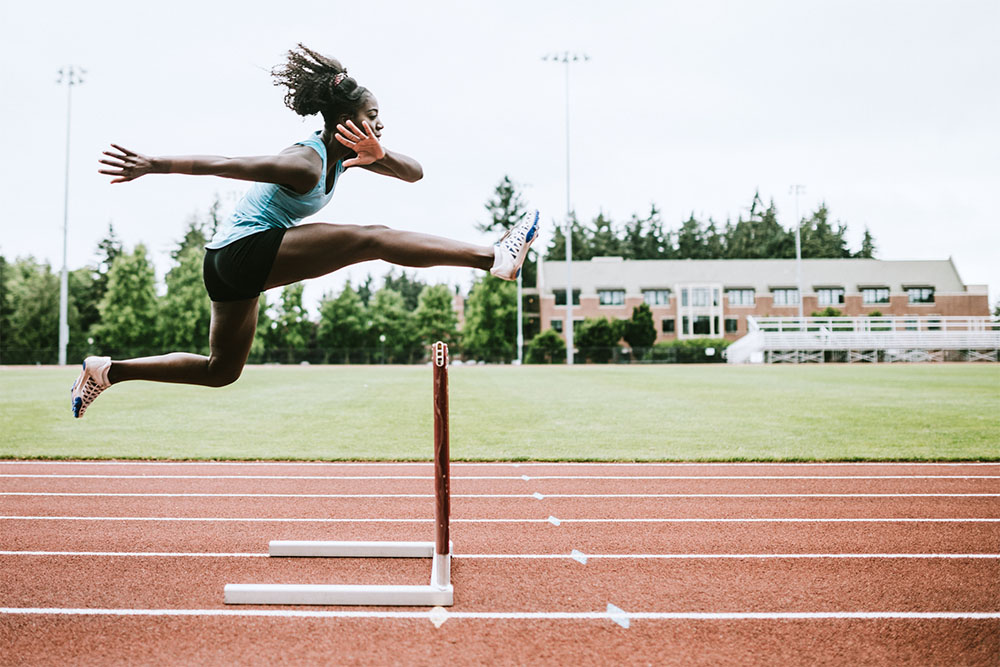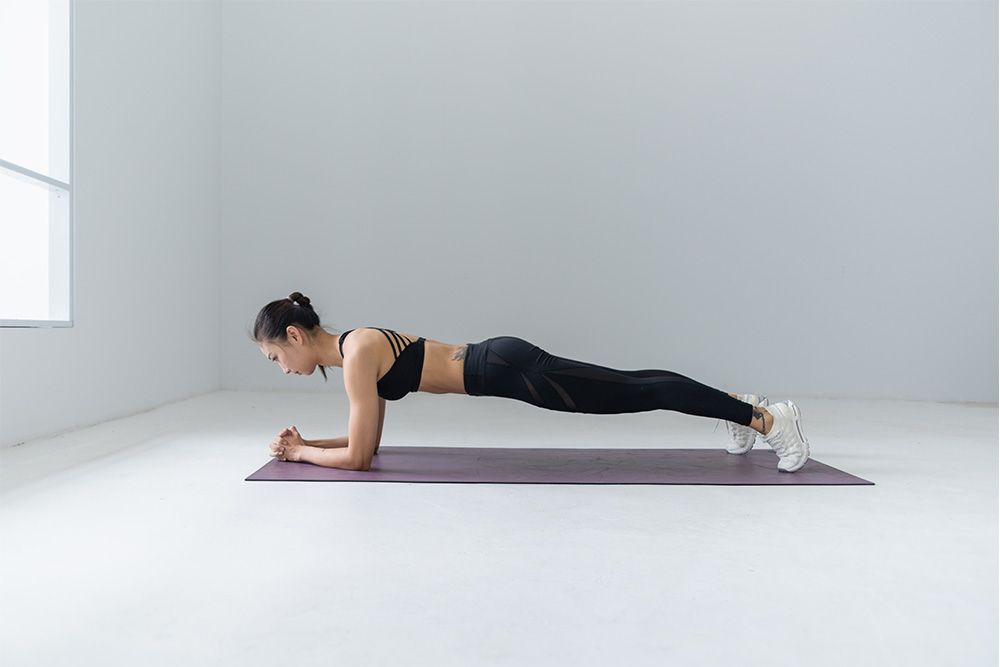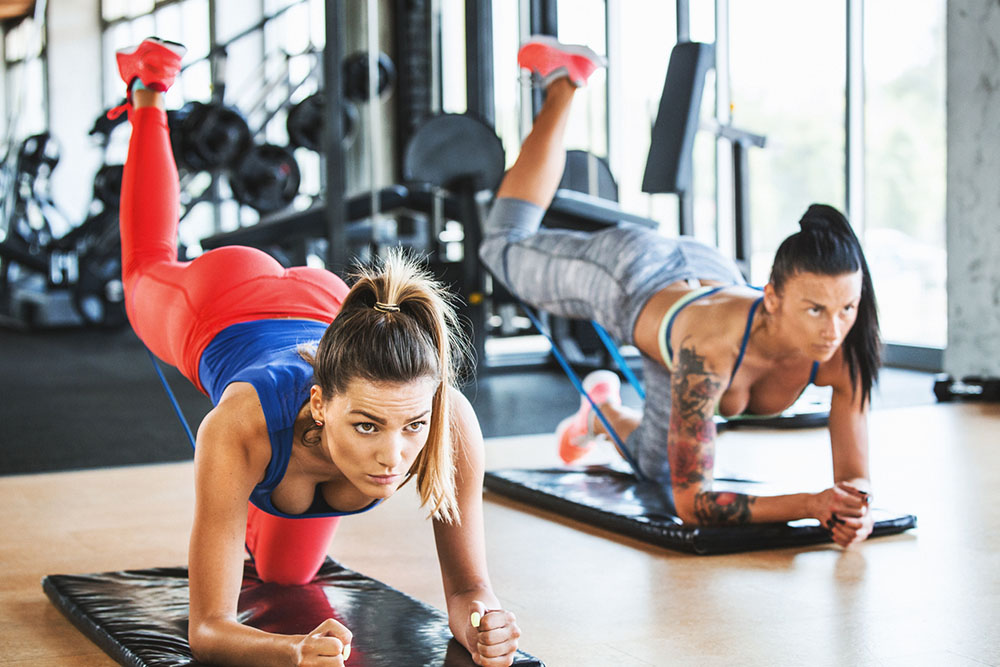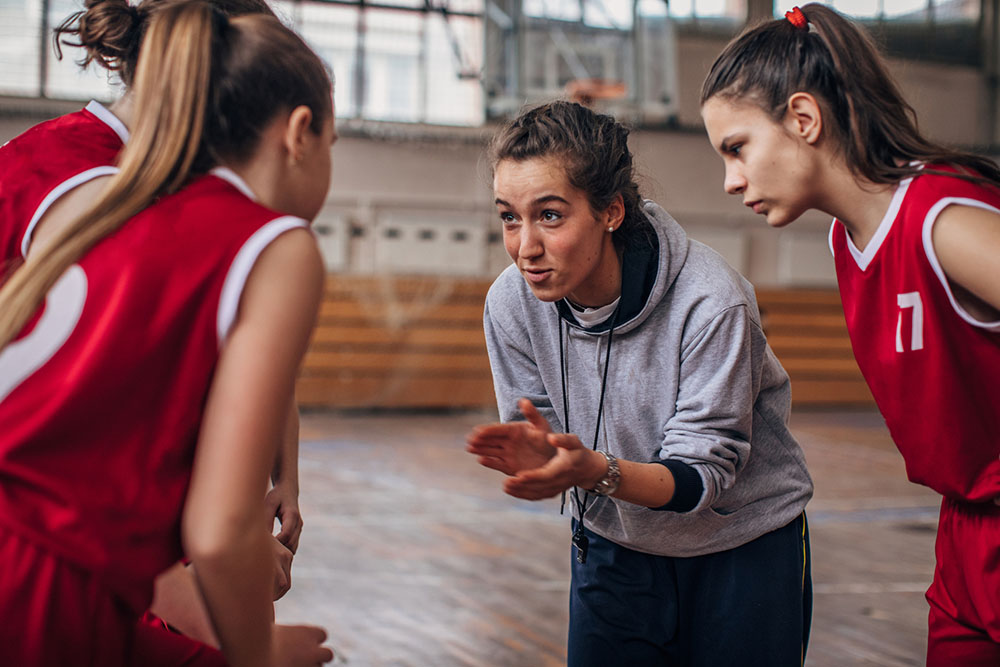7 Key Reasons We Exercise
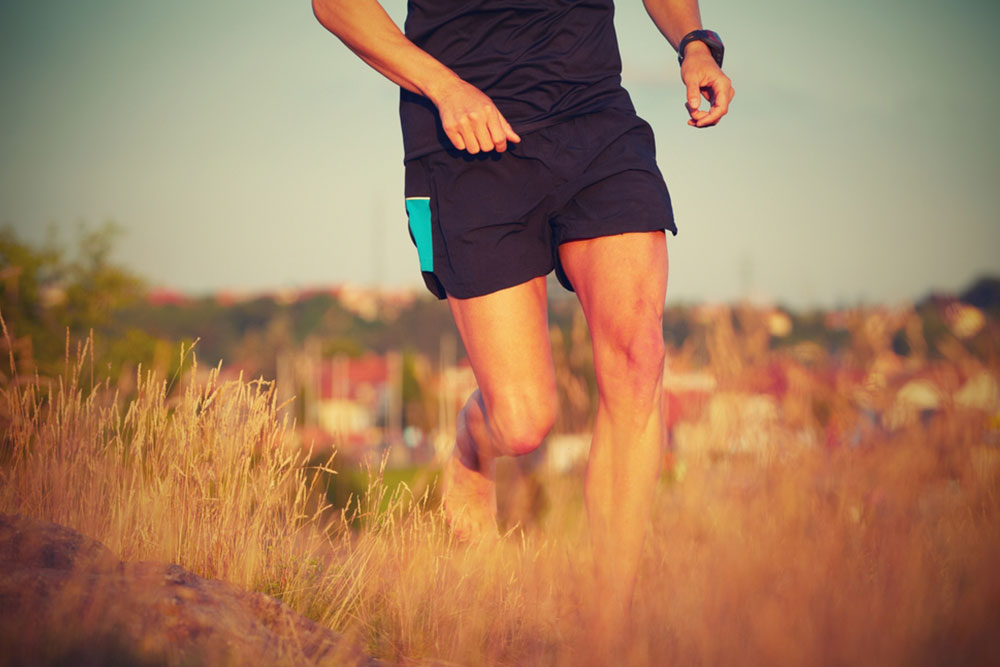
Grayson Fertig
I’m very interested in trying to understand what motivates us to exercise. If you exercise regularly, I’m sure you have many reasons why you do. If you don’t, I’m sure you can come up with many reasons as to why you should. Whomever you are, all of those individual reasons are important.
Cultivating Motivation
As a personal trainer, one of the expectations people have of me is that I’ll motivate them to continue to exercise. Initially I accomplish this by creating a “see you soon” dynamic within our sessions. I start by building trust, making people feel heard and seen, giving people an energizing workout, identifying areas to work on and maintaining direction. But as we continue our work together, it’s my job to motivate for the long haul. To do this I encourage my clients to begin thinking about their goals from a “we” perspective.
The clients who have been with me for years keep coming back because what we do together supports what they do with the rest of their lives. For them, that “we” I’m speaking of is the answer to the question: for whom other than yourself do you exercise?
A Path to Service
I am in service to my clients so that they can be of service to others. Yes, their physical well-being becomes a source of energy so that they can live their lives and do their work. But more than that, one’s health serves as a totem of their highest self. For me, training is about creating a physical self that exudes and radiates well-being. By cultivating this light, one can so much more effectively walk a path of service.
The people who have moved into the “we” mindset still focus on themselves, but mostly they let me concentrate on them. I become their housekeeper, their temple sweeper. To do this I am constantly looking after my own physical peace. For them and for myself, I am always in search of who and what will support us.
Born to Run
Barefoot running became a movement when it was launched into the exercisers’ collective consciousness by Christopher McDougall’s Born to Run in 2009. Starting a few years before the book was published, I had been using barefoot exercise as part of my warm-up routine when I was training as a sprinter. I became inspired and motivated by the barefoot philosophy because it brought to mind trusted childhood memories of great joy, freedom and unending play.
At that point in my athletic career, I was seeking greatness as a member of the US Bobsled Team. Bobsledding had been a dream of mine since childhood and so as I trained for it, I had a childlike mentality that the barefoot warm-ups supported. I am a generalist when it comes to athletics, believing much more in the Jim Thorpe or Bo Jackson model than the more specific/singular Peyton Manning model. While training, I found I was much better served by juggling a soccer ball as a warm-up instead of doing sprint-mechanic drills. I did those too, but separately as a practice in and of itself. Barefooting allowed me to double down on what worked for me. The shoeless warm-up is a playful warm-up and I was playing, living out a childhood dream of racing bobsleds.
The Art of Play
It takes time, patience and courage to embody the skills that lead to lasting change. I know I can achieve a yoga pose through mindful repetition, but it will take another period of time to fully embody the pose. In other words, I must practice standing on my hands first, and then I can practice being a person who stands on his hands.
To keep my clients motivated throughout this learning process, I rely on a sense of playfulness, working from the assumption that at some point everyone has experienced physical bliss through play. I believe that as long as a sense of play is present, a person will remain open to the possibility of physical change. Rather than remaining stuck in our current selves, I see this childlike physical engagement as our only option to move past the health obstacles we currently face as a country.
A Dangerous Path
Consider for a moment the harms we do to ourselves, and if we stay the course, what will happen to our future selves. Take for instance that the statistics are telling us that if the people of the United States continue on the path that we are on right now, in 2 decades over 95% of all Americans will be obese or overweight, and that by 2050 a third of all Americans will have diabetes.
This is a life or death problem, and a cycle of harm that doesn’t simply end when an obese person passes away from health-related issues. Harm can come in many forms from food to exercise, and we need to start focusing on our nation’s citizens who experience health-related issues everyday.
Barefoot Body Logic
The barefoot running movement came about because chronically injured runners needed answers to address the harm they were experiencing. Asics, Nike, New Balance and the like weren’t offering solutions because they couldn’t offer a shoe that could teach people how to find a stride that was less harmful to their bodies. As soon as runners removed their shoes and started running barefoot, they began to relate to the boundaries and limitations of their feet. With shoes you can run further and faster, but can you run forever? Running barefoot is something worth practicing because it allows you to consistently evaluate your process.
A great teacher of Body Logic, barefoot running encourages the internal dialogue that occurs where the demand of an activity is overwhelming enough that an effective strategy has to be formed to solve the challenge. The level of physical challenge that a person is able to solve increases with consistent exposure to activities that require Body Logic. Not to be confused with survival, we choose activities like rock climbing without a harness to develop a clearer sense of our edge, and therefore the strategies we need to develop in order to succeed.
A League Against Harm
Despite its invaluable wisdom, we often we mute the voice of our Body Logic; it gets drowned out by the latest program, routine or piece of equipment. Used improperly these tools can distract us, just as the foam on your cross trainer limits the feedback between your foot and the pavement. Without this information, it’s difficult to make informed decisions about the demands you place on your body.
While I extoll the benefits of barefooting, I am not a savior; I can’t come up with a magic supplement or exercise routine that will solve all ills, no personal trainer can. Instead I am calling on the body of people who exercise to begin to see themselves as a league dedicated to reducing harm. When we strip away all the distractions and support each other in listening to our bodies, we are a stronger voice and a greater catalyst for lasting change. By doing things like taking off our shoes, and turning toward each other, we can create a collective force to combat the health crisis our world is facing.
Combating the different health crises is what Forever Fit Science is all about. We do it by offering our support. We are gathering researchers, trainers, coaches, athletes, beginners, experts, whomever can bring perspective to the challenge that we all face-how can we best take care of our bodies? We are investigating what’s really going on. We are asking questions and seeking answers. We are hopeful that we can pass on to the next generation hard won knowledge. For whom do we exercise? For whom do we work for? We exercise and work for You, because we know it matters to you and to your children and grandchildren.
Why do we exercise? We exercise because we are absolutely capable of it. No matter what level-beginner, intermediate, advanced- we can all intelligently apply our body and mind to physical practices. We can practice with the heart of a learner so that we are better prepared for when we play with our children and grand-children. In that play we are connecting with them. Repetition of that connection creates a role for you. You become a coach, teammate, and guide. Just as you would pick up litter or say please and thank you, the way you play is equally your responsibility. The one with whom you play will intuitively sense that you have the heart of a learner and he or she will copy your curiosity.
Dad, grandpa, grandma, mom why do you go barefoot?
Because I like to and I want to figure it out.
What do you want to figure out?…..


